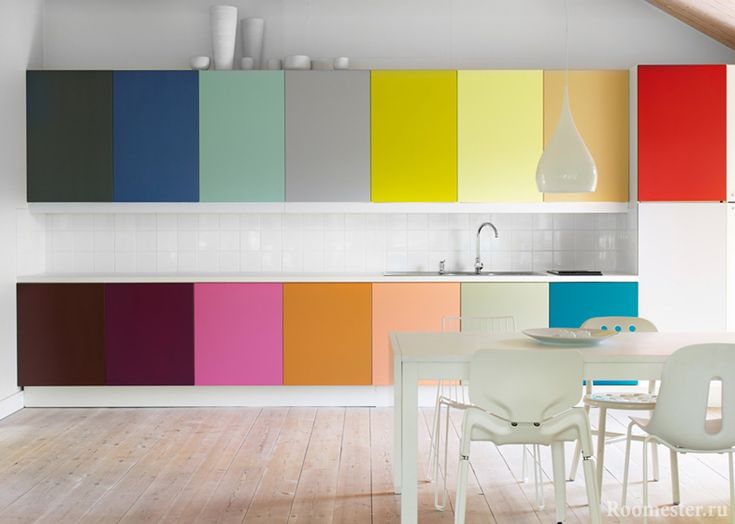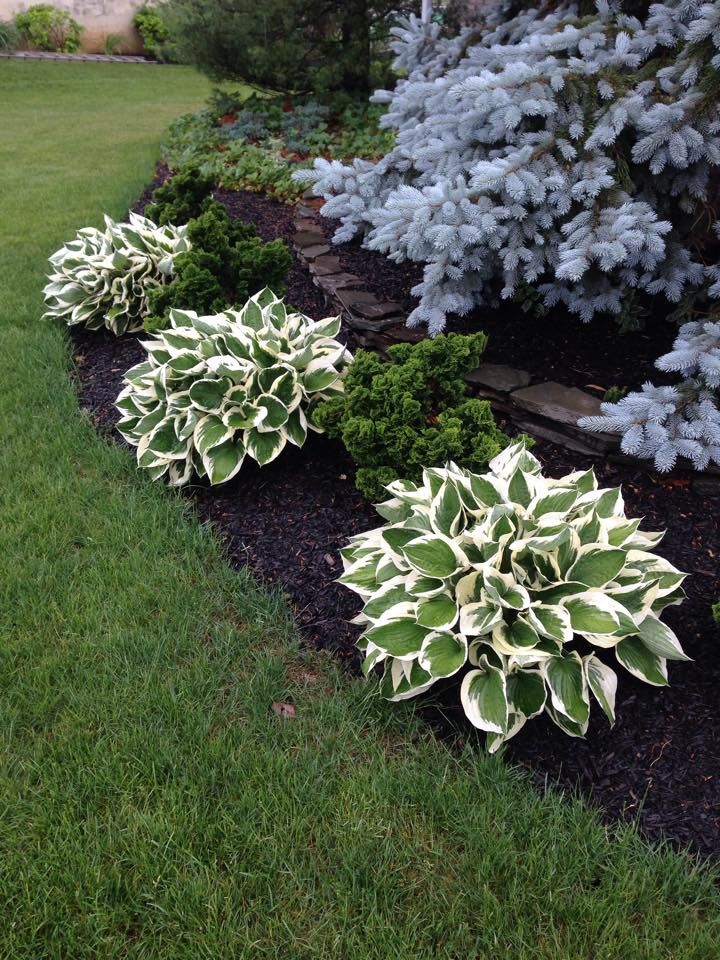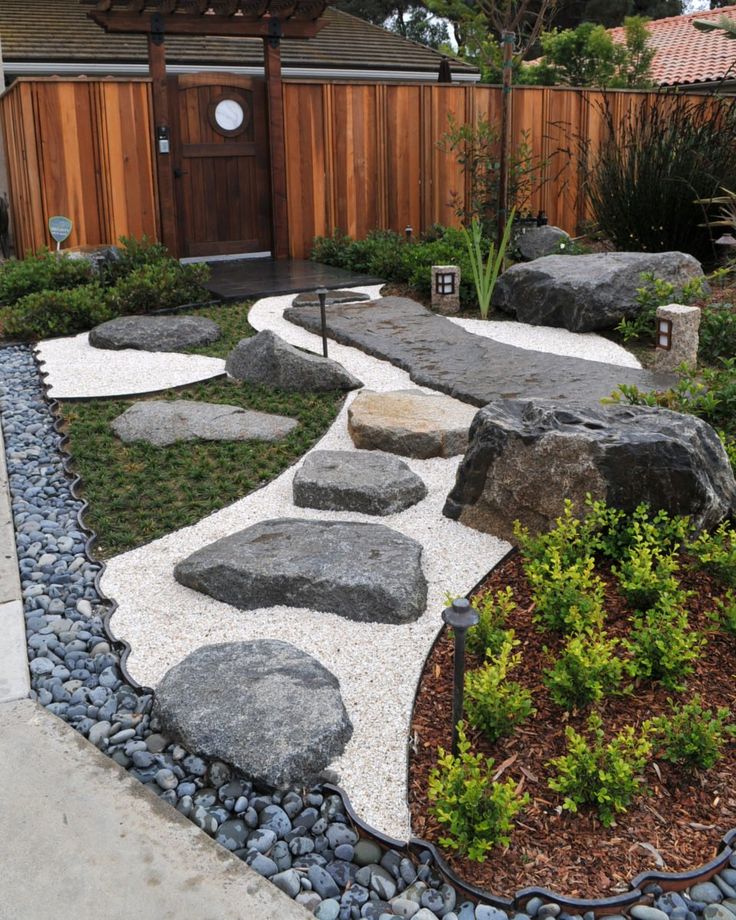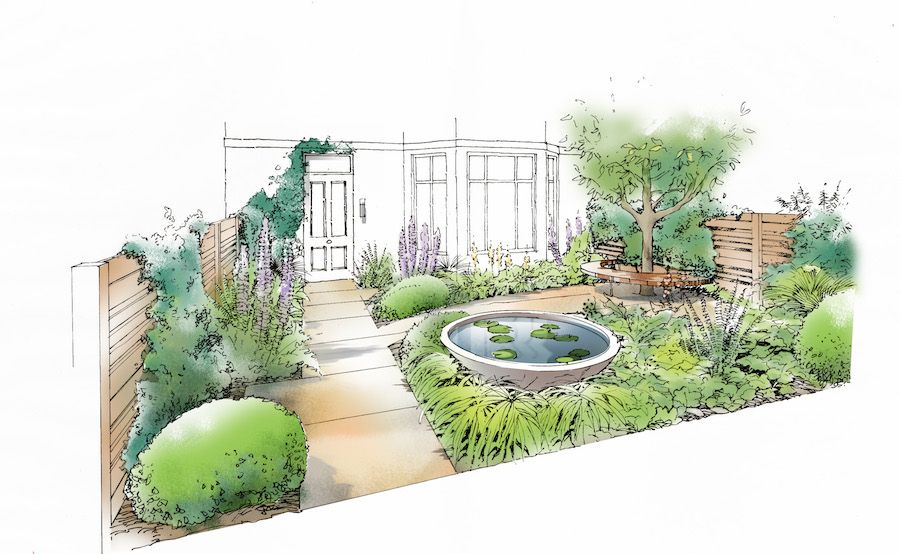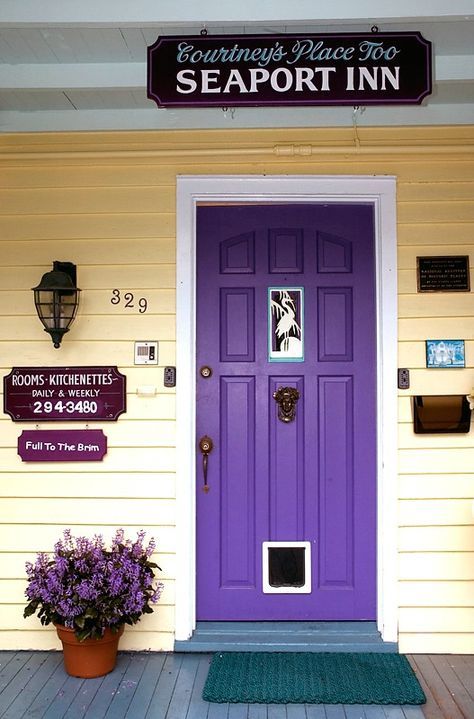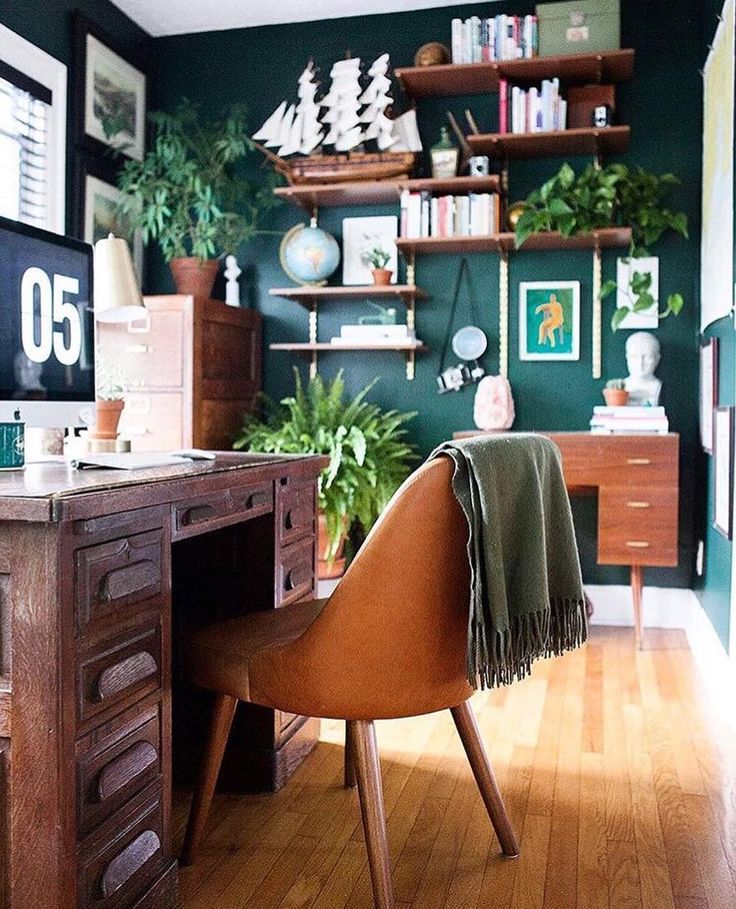Examples of texture in interior design
Visual Texture in Interior Design
Texture
Gallery René Dekker
Image courtesy of Page Lacquer Image courtesy of Page Lacquer Image courtesy of Page LacquerPhysical Texture
The use of texture when planning an interior design scheme is an element that is often overlooked and underused. Texture has the ability to completely add a significant dimension to any room, when carefully integrated into the design. Texure describes the surface quality of a material including the actual variations on the surface. This is generally referred to as physical texture. Examples of physical texture include, but are not limited to, wood grain, metal, leather, velvet, mohair, or grass cloth. The use of textures in a room can add a further dimension besides just the colour or look, but also how objects feel. These are differentiated from other types of texture because they have a physical quality that can either be seen or experienced by touch. When physical textures are combined with other forms to create a complimentary or even contrasting design, these are tools that a luxury interior designer can use to accentuate or even add personality to the interior.
Visual Texture
Visual Texture creates an appearance of having physical texture but does not generally have the same influence to the touch. Such examples include matt or shiny finishes or even the use of patterns. There are so many different types of exciting textures that can be used; it really takes careful consideration to achieve an inviting and luxurious interior. Consider how the use of patterns can influence the excitement of a room. No longer are the days when just adding splashes of colour to a neutral room is enough to add contrast or interest. Many companies today are providing alternative wall coverings, surfaces and textiles – the opportunities are almost limitless to creating the perfect interior design.
Light Reflection
Consider how light reflects off various surfaces.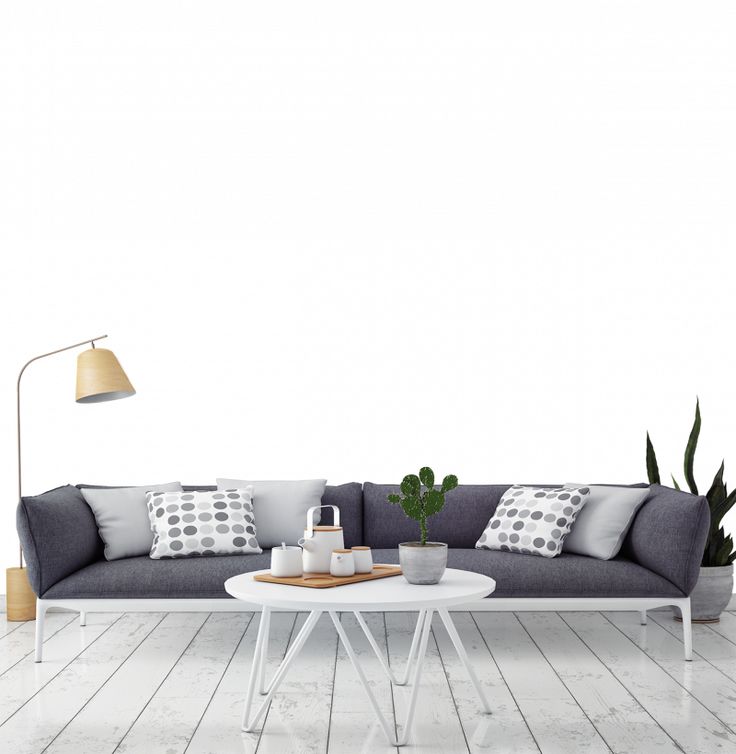 A carpet or rug is going to reflect light differently than a stone or wooden floor. Even the matt or shiny finish will have a distinctive reflection, which can suggest a different mood or ‘feel’ to the room. Combined with the use of colour, the overall atmosphere can be transformed from cool and contemporary to warm and cosy. Adding texture can be a vital tool when adding interest to a monochromatic scheme.
A carpet or rug is going to reflect light differently than a stone or wooden floor. Even the matt or shiny finish will have a distinctive reflection, which can suggest a different mood or ‘feel’ to the room. Combined with the use of colour, the overall atmosphere can be transformed from cool and contemporary to warm and cosy. Adding texture can be a vital tool when adding interest to a monochromatic scheme.
Visual and Tactile Experience
Let’s not forget the importance of the visual and tactile experience. A well-considered scheme will have elements that are discovered. Part of the intrigue of sumptuous interiors is the subtle unfolding of details. A sofa upholstered in silk or suede is going to have a very different feel to one that is upholstered in linen – both in visual experience as well as to the touch. Imagine how different a mosaic tiled bathroom would look and feel compared to one finished in a polished travertine.
Suitability and Practicality
The suitability of textures should be included in your final consideration.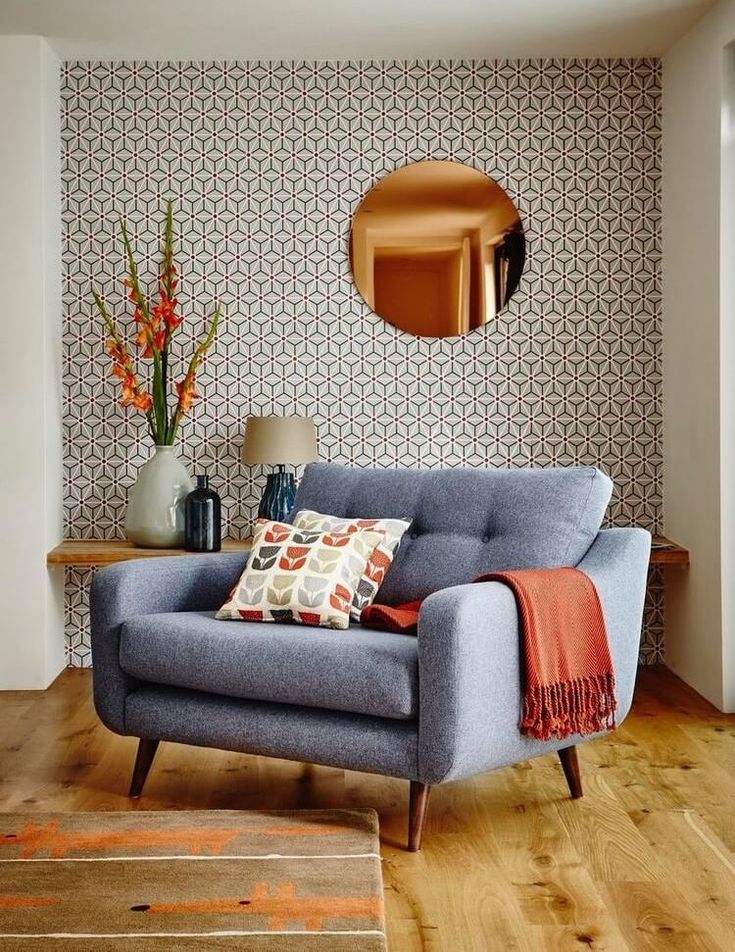 A highly polished marble floor a luxury bathroom or kitchen may look contemporary and lustrous, but is it very practical from a safety perspective? Consider, too, that while silk curtains will look luxurious and hang beautifully, they have a tendency to deteriorate quicker in very sunny rooms. In fact, they are more likely to rot if they have not been properly lined. Be sure to understand which window treatments will be best suited for your luxury interior design.
A highly polished marble floor a luxury bathroom or kitchen may look contemporary and lustrous, but is it very practical from a safety perspective? Consider, too, that while silk curtains will look luxurious and hang beautifully, they have a tendency to deteriorate quicker in very sunny rooms. In fact, they are more likely to rot if they have not been properly lined. Be sure to understand which window treatments will be best suited for your luxury interior design.
Although it may seem relatively straightforward to coordinate various textures and patterns to create a luxurious interior, the fact remains that using the services of a professional and reputable interior designer will ensure the effortless precision in achieving the desired look and feel.
Colour textureLightLight ReflectionModern TexturetexturetexturesVisual TextureYour browser doesn't support HTML 5 video objects!
Follow René Dekker Design
Interior Design by René Dekker
Using texture in interior design – how the pro harness it
When you purchase through links on our site, we may earn an affiliate commission. Here’s how it works.
Here’s how it works.
(Image credit: Future / Davide Lovatti)
Texture in interior design is vital, and is, quite literally, woven into the fabric of a designer's vocabulary and practice. Creating texture is not simply just about how decor and soft furnishings feel, but it's also about 'visual texture' – using different materials to add interest and breathe life into a room.
Quite simply, without texture, a space will fall flat. It's crucial to look at the room as a whole and bring an area together with mixed materials for vibrancy and warmth. It's a way of adding depth and dimension to a room as well as comfort.
See: Interior design tips – decorating secrets for the world's top experts
What is texture in interior design?
Interior designers use texture in the form of tactile objects like fabrics, wood and stone to add physical comfort and visual interest to a space. Mixing materials and layering is key to making textural elements work.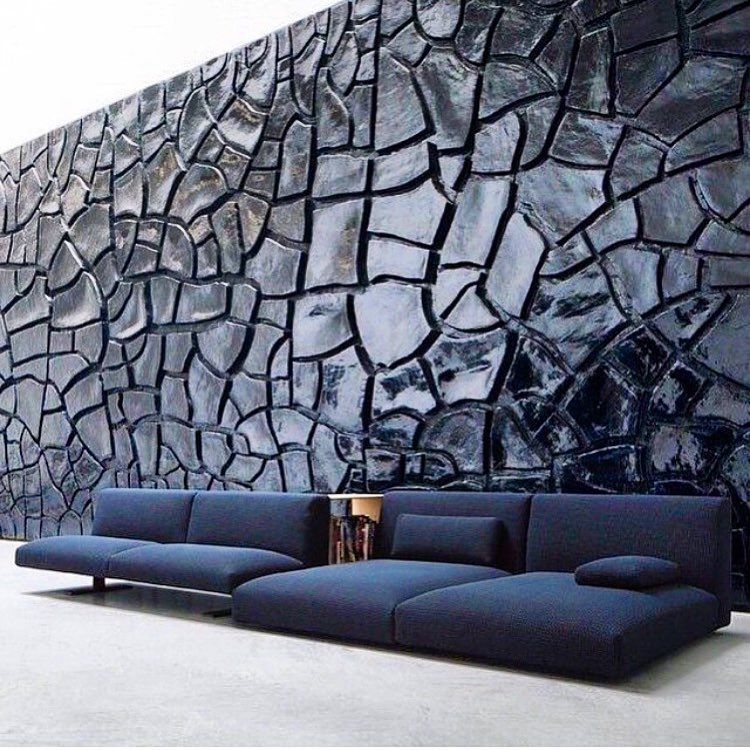
Tiffany Leigh, of Tiffany Leigh Design , explains: 'Texture in interior design is all about creating tactile moments that invite touch. It refers to the feel, appearance or consistency of a surface or material. Textures help to keep a space from feeling flat or one dimensional.'
Layering textures helps to add depth too. 'The layering of materials, colors and shapes all amount to give your interiors an overall texture which can define the look and feel of a space,' says Martin Waller, co-founder of Andrew Martin . 'Glossy surfaces like polished chrome, shiny marble and smooth leather all in tonal shades give a room a sleek, modern texture. For a more multi-layered look, tactile weaves like bouclé look amazing when layered against the luxurious feel of faux shagreen or rough-hewn timber to give a room some depth and sense of history. '
Martin adds that texture can be used to create accents, too, allowing certain objects to make a statement and stand out from others. He says: 'Alongside materials it's important to consider color too, a tonal palette consisting of a spectrum of tan and off-white can be greatly enhanced by the unique pairing of materials. Or, if you are using furniture in lots of organic materials use brightly colored cushions to bring areas of light and shade into the room and contribute to the overall texture of a room.'
Or, if you are using furniture in lots of organic materials use brightly colored cushions to bring areas of light and shade into the room and contribute to the overall texture of a room.'
How do you add texture in interior design?
Designers use texture to create a specific feel in a room. Rough and coarser textures like reclaimed wood or terracotta have more 'visual weight' and create a cozy, rustic aesthetic, while smooth or shiny textures, including metals like chrome, reflect more light and create a more contemporary finish. See below for how you can use texture to reflect the feel and visual impact you desire from room-to-room.
1. Use texture to add warmth to the living room
(Image credit: Albion Nord)
'There is nothing worse than a flat design,' says Camilla Clarke, Creative Director at Albion Nord.
Clarke continues: 'Try mixing different textures such as natural linens with soft velvets or robust leathers with thick wools. We use linen as the canvas of an interior.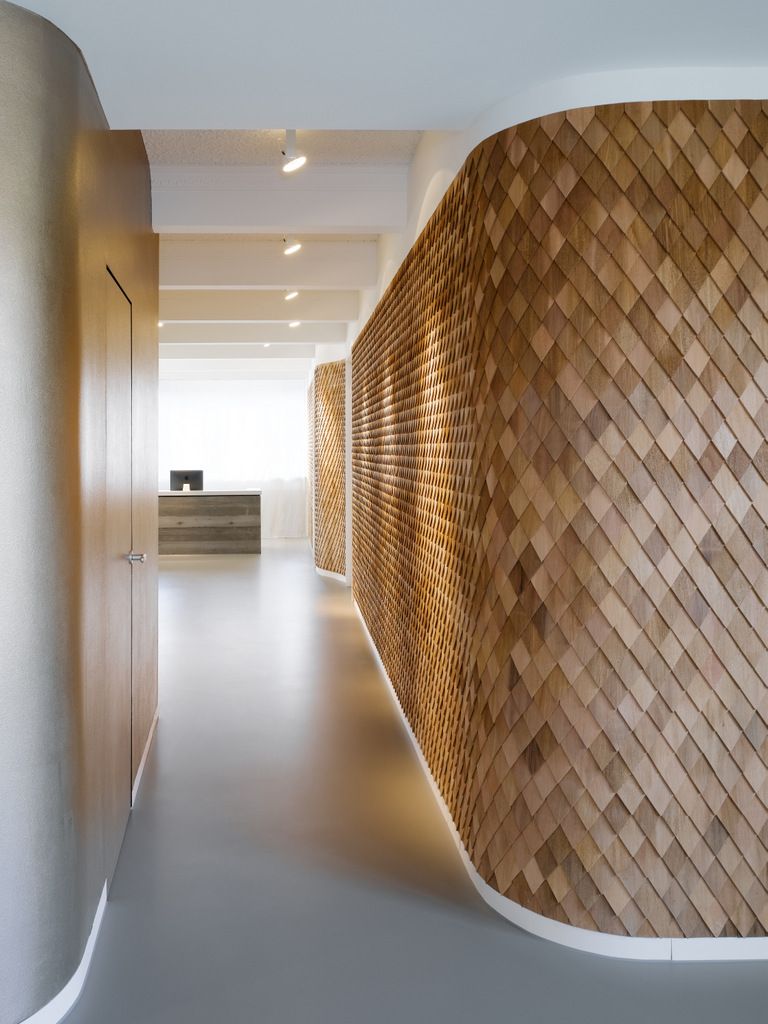 Its natural, soft and durable qualities make it the perfect material to upholster larger items in a living room such as sofas and curtains. It creates the perfect backdrop to layer on top of with color and pattern.'
Its natural, soft and durable qualities make it the perfect material to upholster larger items in a living room such as sofas and curtains. It creates the perfect backdrop to layer on top of with color and pattern.'
Rugs are also an easy way to add texture, as well as color and print, to the room.
(Image credit: Public 311 Design/Elsie Home)
If you've opted for a sleek, dark room, you can use lighting as a form of texture to warm things up a little.
(Image credit: Studio Ashby)
See: Living room ideas – clever ways to decorate living spaces
2. Inject texture into the kitchen with thoughtful accessories
(Image credit: Sims-Hilditch)
'Adding texture to your kitchen can be easily done with the addition of some textile accessories, bringing softness to all those hard surfaces,' says Martin Waller. 'Cushions can be placed on bar stools and banquette seating to add comfort as well as create an inviting seating area.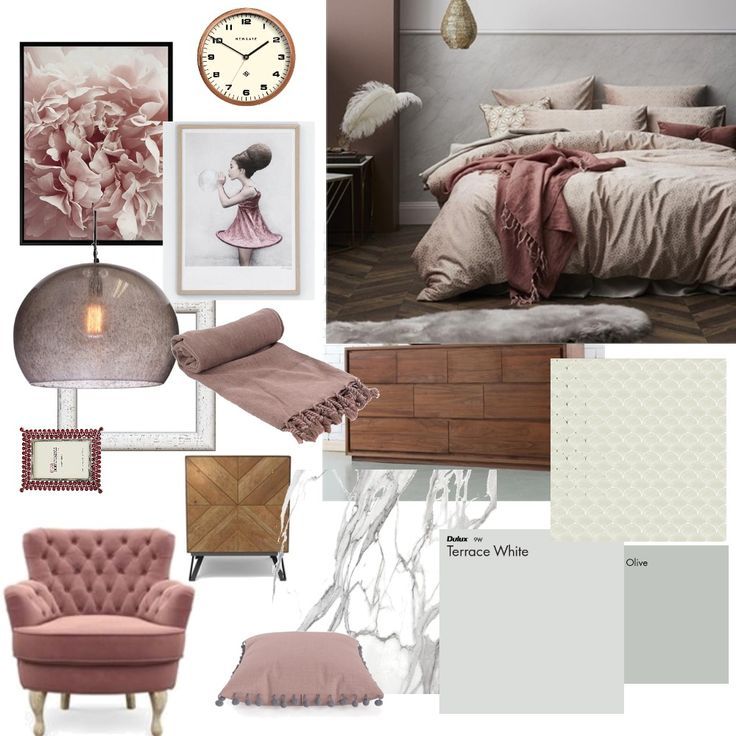 '
'
The above room designed by Sims Hilditch shows how you can mix materials to create a specific effect – in this case, modern country. Tongue and groove walls, rattan chairs, a wooden table and linen cushions are textures that all combine to create a modern rustic scene.
Adding a vintage-style or colorful rug to the kitchen area has also become an on-trend way to make things a little more cozy as well as stylish. Tiffany Leigh says: 'A vintage rug is a great way to add some rougher texture into a kitchen space.'
(Image credit: Neptune)
And we love these vibrant looks by Neptune (above) and deVOL (below), where the texture of the rug adds comfort under foot as well as a cozy factor.
(Image credit: deVOL)
Of course, you can also add personality and practicality with the use of different materials on your cabinets, countertops and backsplashes for textural interest. An expert at Life Kitchens says: 'Embracing a range of textures, colors and finishes can lead to striking results.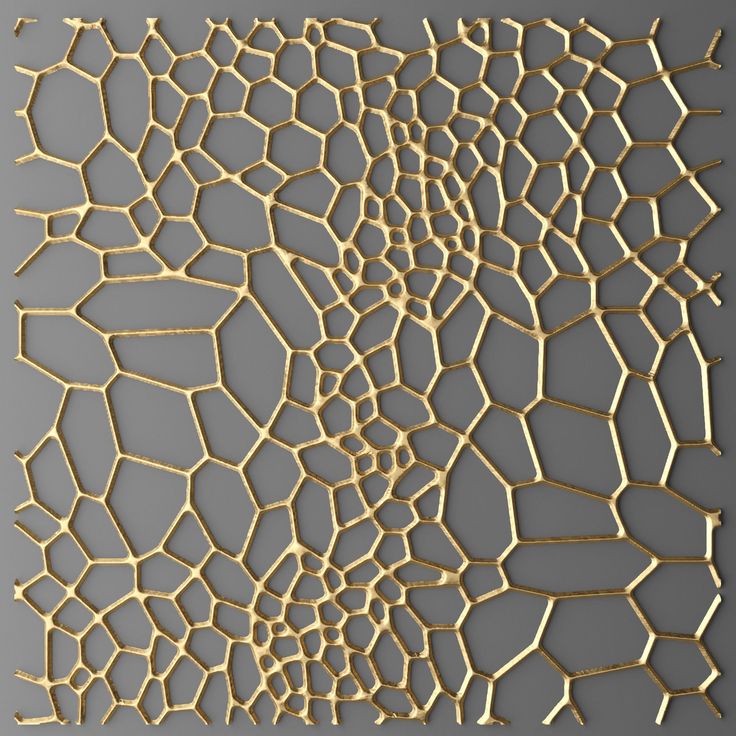 Getting creative with mixed materials is easy and can have a transformative effect.'
Getting creative with mixed materials is easy and can have a transformative effect.'
(Image credit: Life Kitchens)
Sleek, shiny finishes like stainless steel, quartz, marble and chrome will create a contemporary, glamorous look, while the use of timber on cabinets or countertops is more modern farmhouse. Life Kitchens adds: 'Consider timber as a practical built-in chopping board or butcher's block, or for lighter use areas like sideboards or breakfast bars – the addition of woodgrains adds a touch of interest and warmth to the kitchen.'
See: Kitchen ideas – decor and decorating ideas for all kitchens
3. Adopt textural elements for a welcoming bathroom
(Image credit: BC Designs)
'Texture can make a sterile and functional bathroom into a vibrant and welcoming space,' says Barrie Cutchie, Design Director at BC Designs . It can easily be achieved through the use of natural materials and intricate details such as brassware finishing touches; there really are endless ways to give your bathroom depth and personality.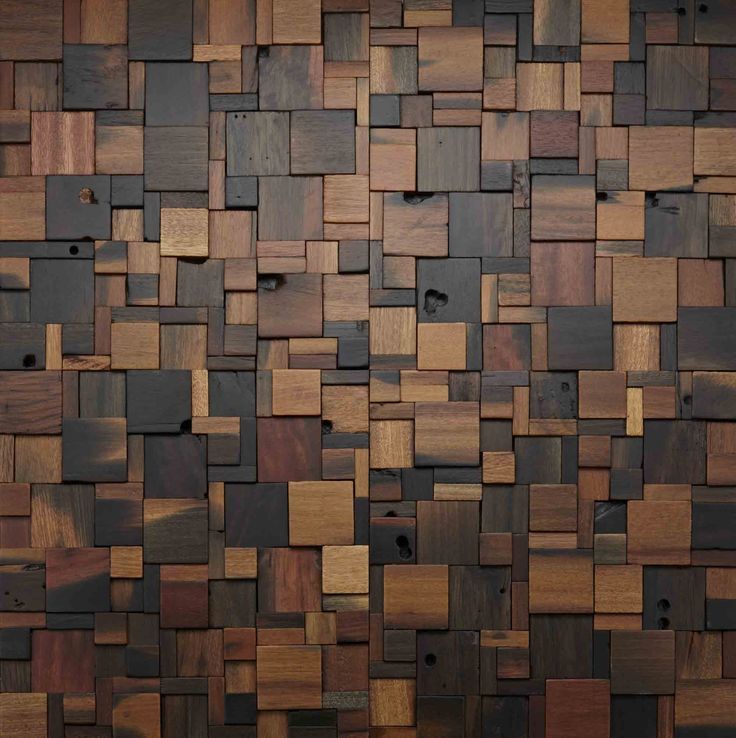
'Natural materials such as natural stones and wood are a great starting point when thinking about texture and are popular at the moment. Another way is through fluted finishes. We’re seeing this on glass – windows and shower screens – but also on sanitaryware and baths (above). It raises the profile on flat surfaces and creates a ripple effect and when paired with colored ceramics, can create a striking focal point.'
Ben Adams, co-founder at Rust Collections , agrees that wood can bring in a refined rustic aesthetic, saying: 'Not only is reclaimed wood a sustainable choice, the grainy texture also brings a warm, organic touch to a room. Simply add a rustic timber stool next to your freestanding tub for a stylish addition that also works as a chic spot for your bath time essentials.'
Tiffany Leigh adds: 'Using natural bristle brushes can add a rough texture to the other smoother elements in the space. '
(Image credit: Rust Collections)
And don't forget the little things.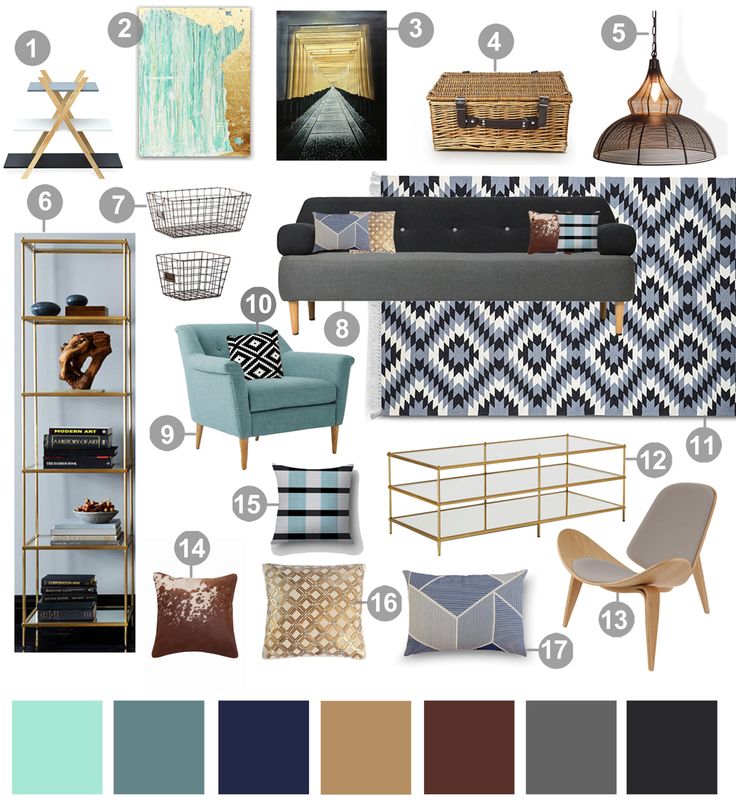 George Miller, Home Designer at Neptune Fulham, says: 'Plants, books or ceramic accessories are a perfect addition where there are more smooth and hard surfaces to contrast, like your kitchen or bathroom.'
George Miller, Home Designer at Neptune Fulham, says: 'Plants, books or ceramic accessories are a perfect addition where there are more smooth and hard surfaces to contrast, like your kitchen or bathroom.'
(Image credit: Neptune)
See: Bathroom ideas – stylish decor ideas for all bathrooms
4. Create a tranquil bedroom with earthy textures
(Image credit: Neptune)
The bedroom is meant to be a serene space that's also cosseting and cocooning. You can use texture to harness that chic yet tranquil feeling.
George Miller, Home Designer at Neptune, says: 'Whilst color and light have the potential to create texture in a room, more often than not we turn to materials to provide textural variation.
See: Bedroom ideas – designs and inspiration for beautiful bedrooms
'Materials such as jute, wool rugs and woven baskets are a great way to add texture, and, much akin to light needing shade, textures must be contrasted too.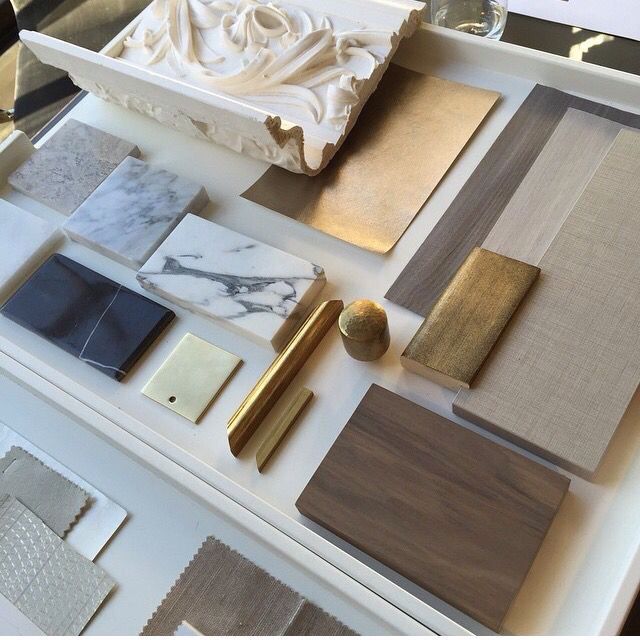 In the image above, our rattan Montague headboard, for example, juxtaposed with our Flax Blue or Burnt Sienna painted walls, would work perfectly when creating texture in the bedroom, and additional accessories like scatter cushions and throws create a more comfortable atmosphere.'
In the image above, our rattan Montague headboard, for example, juxtaposed with our Flax Blue or Burnt Sienna painted walls, would work perfectly when creating texture in the bedroom, and additional accessories like scatter cushions and throws create a more comfortable atmosphere.'
The addition of wood cladding or beams to walls or ceilings can also add interest and warmth, as can exposed stone bricks.
Ruth Doherty is an experienced digital writer and editor specializing in interiors, travel and lifestyle. With 20 years of writing for national sites under her belt, she’s worked for the likes of Livingetc.com, Standard, Ideal Home, Stylist and Marie Claire as well as Homes & Gardens.
quickly and clearly about the textures in the interior - INMYROOM
Properly selected textures can create a harmonious interior. The more their combinations, the more interesting the space turns out. We have compiled a list of the most popular options for you.
Texture and texture: what's the difference?
In order not to confuse these two concepts, let's try to figure it out.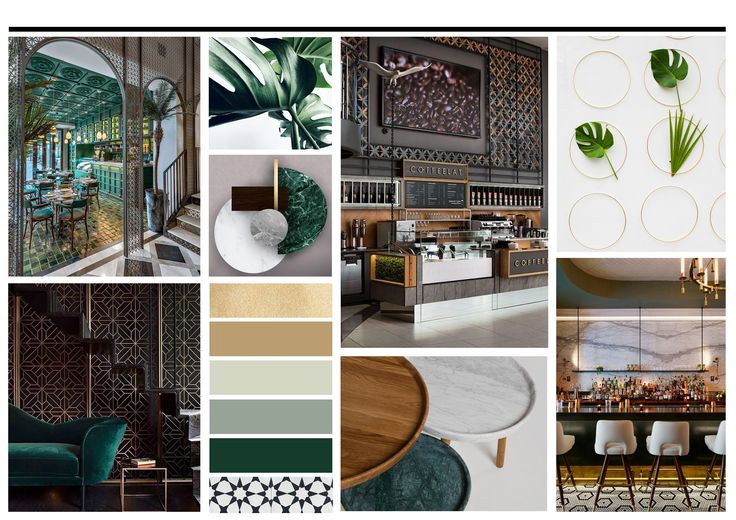 T texture is a visual difference. For example, ceramic tile texture is a pattern. Texture is determined by the type of surface: glossy or matte, wood or stone.
T texture is a visual difference. For example, ceramic tile texture is a pattern. Texture is determined by the type of surface: glossy or matte, wood or stone.
Design: PHD
Why is texture needed in the interior?
Texture becomes important when you use one color and its shades. It enhances, and sometimes takes on the role of color, makes the space more interesting and "alive".
Design: Studio S-Style
Basic principles for combining textures
1. Do not mix in the same interior two different materials with the same surface .
2. The main secret of combining textures - is contrast and harmony. Smooth and rough, flat and voluminous, hard and soft.
3. Velvety and rough surfaces reflect light much less, therefore they are perceived more softly, seem “cozy”. Glossy evokes a feeling of solemnity and formality.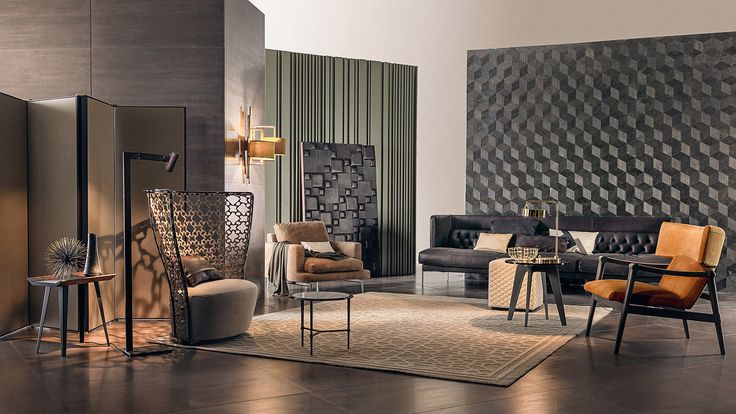
Design: Studio S-Style
How to combine different textures in the interior
Leather + wood
Leather can be soft and voluminous or look like wallpaper. The first option is suitable for classic interiors, the second - for boho-chic or art deco.
It is important that the leather "solo" in the interior - do not interrupt it with other accents. Pair it with smooth wood finished in matt or glossy lacquer. And the skin looks advantageous against the background of monochromatic lacquered surfaces or glass.
Design: Space4Life
Wood + natural stone
Wood blends well with natural stone. Pay attention to the invoice: it should be different. For example, if the wooden surface is smooth, then the stone should be rough and rough.
Design: Fisheye Design
INMYROOM tip: choose details - for example, sockets - - according to the texture of the interior so that they do not draw attention to themselves. For wooden textures, the Legrand switch of the Valena Life/Allure collection under light or dark wood is suitable.
For wooden textures, the Legrand switch of the Valena Life/Allure collection under light or dark wood is suitable.
Legrand collection Valena Life/Allure
Different textures
Interiors with such different textures have many shades, even if the surfaces are painted in the same color. Therefore, choosing a plain interior, highlight the area that you decorate with relief panels.
Design: Fisheye Design
Ceramic tile or wood + live plants
The fashion trend of recent years is the combination of wooden or ceramic surfaces with living plants in the form of phytowalls. They enliven minimalist spaces and bring coziness to the interior.
This wall can be made in any room. It is necessary to provide in advance additional lighting for plants and the withdrawal of water for the built-in irrigation system. If you like this idea but haven't thought about the technical side beforehand, use artificial moss. Outwardly, it is almost indistinguishable from natural.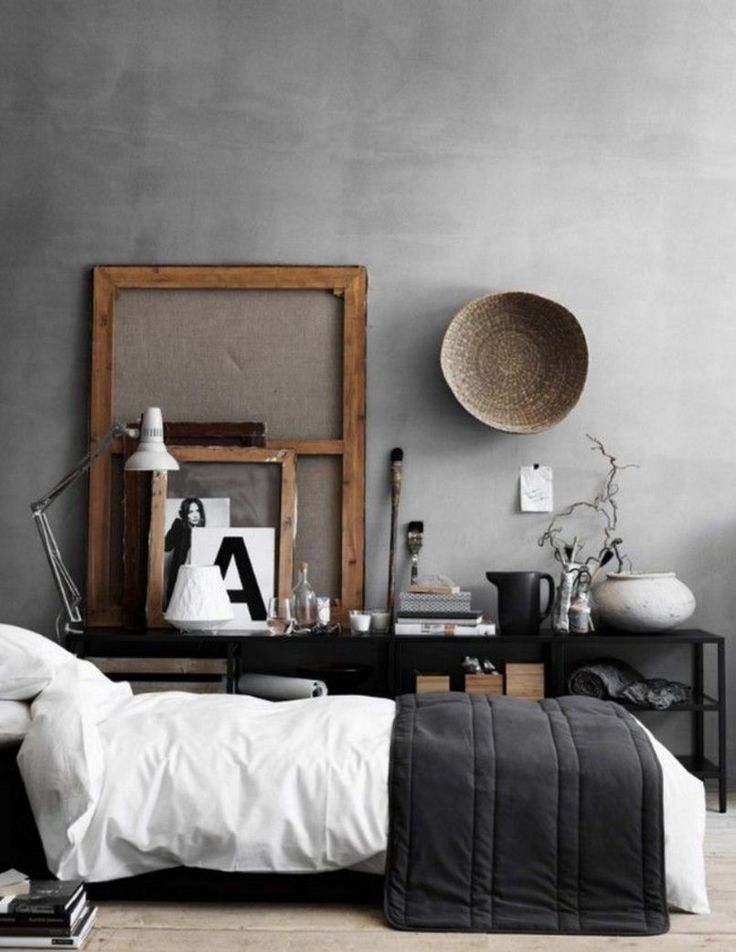
Design: ToTaste Studio
Natural wood + smooth surface
To diversify the interior, add unexpected combinations: for example, combine a classic wooden surface with a modern smooth one. This technique looks great in furniture when the body is made of solid wood or veneered, and the facades are covered with glossy or matte enamel.
Design: Fisheye Design
Any surface + mirror, glass or metal
Play with contrast: wood can be diluted with mirror or glass panels, and metal inserts and moldings can be added to natural stone or ceramic cladding.
Design: ToTaste Studio
On the cover: design project by S-Style Studio.
Combination of different textures in the interior - Vicostone Russia
If you are tired of the usual interiors and want to create your own to make it look original or even creative, then you can achieve this by combining different colors, styles and textures.
Features of the combination of textures
Sometimes the concepts of texture and texture are confused.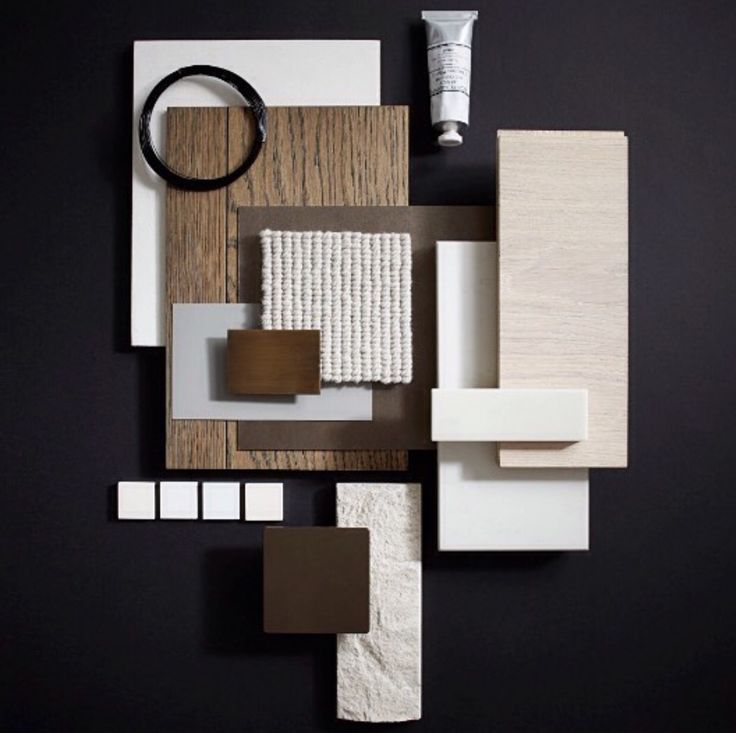 Texture is the visual difference between views of the same material, such as its pattern, and texture is the type of surface, such as gloss or matte, metal or glass.
Texture is the visual difference between views of the same material, such as its pattern, and texture is the type of surface, such as gloss or matte, metal or glass.
The right combination of textures can make a room "alive" and interesting, and vice versa. To avoid mistakes in the design of space, you must follow the rules:
- Avoid combining two or more different materials with the same surface. For example, a smooth wooden floor and wallpaper in the tone of natural wood.
- Achieve contrast and harmony with different textures. For example, smoothness with roughness, flatness with convexity, hardness with softness.
- Properly use surfaces to achieve the desired goals. For example, gloss - to create an official atmosphere, roughness and velvety - for home comfort, as they are perceived softer.
How to combine different textures in the interior
Here are some popular examples of combining different textures.
If the interior is planned to be monochromatic, then one of the zones should be decorated, for example, with relief panels, to emphasize this.
Leather and wood
Leather available in several versions:
- soft;
- volumetric;
- similar to wallpaper.
Soft and voluminous is used to create classic interiors, and the last version is used for boho-chic and art decu.
Leather should take the lead in the interior. It looks good in combination with smooth wood and plain lacquered surfaces, such as glass.
Wood and natural stone
This combination occurs naturally, so it looks natural. To create the interior of the room, it is necessary to select different textures of materials: smooth wood + rough (rough) stone, or vice versa.
Natural stone is expensive and can be replaced with artificial stone from Vicostone, which is 93% natural quartz. It is an excellent alternative to natural stone and is used to create an interior in a house, apartment, office.
Durable, high quality, beautiful Vicostone quartz agglomerate is used to make the following products:
- countertops;
- window sills;
- sinks;
- steps for stairs;
- reception desks;
- bar counters;
- lining of fireplaces, buildings, etc.
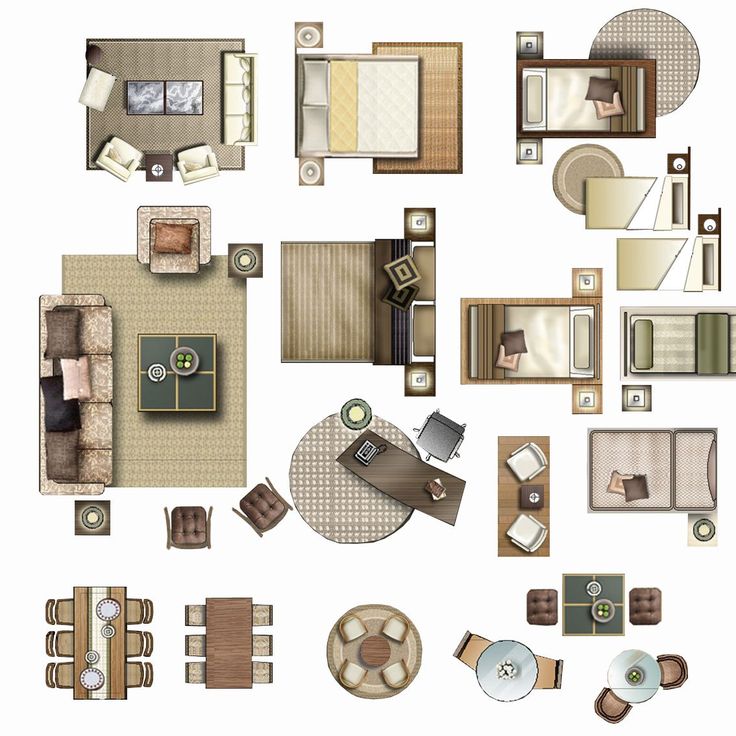
These items fit perfectly into the design of living spaces: kitchens, bedrooms, living rooms and offices and have a number of advantages: acid and dirt resistance, wear, shock and heat resistance, and require easy maintenance.
Ceramic tiles or wood and plants
A popular trend in recent times has been the combination of ceramic tiles or wood with houseplants, taking up almost the entire wall space. They create coziness and add "life" to small spaces. You just need to make the right lighting and irrigation system.
For ease of care, live plants can be replaced with artificial moss, which is visually indistinguishable from natural.
Ceramic tiles can be replaced with Vicostone quartz agglomerate, which has a thickness of 2-3 cm and a wide palette of color shades: from delicate milky white to noble blue-black. The catalog of slabs contains all existing colors in nature - wood-like, marble-like, granite-like, as well as product prices that surprise every new customer.
